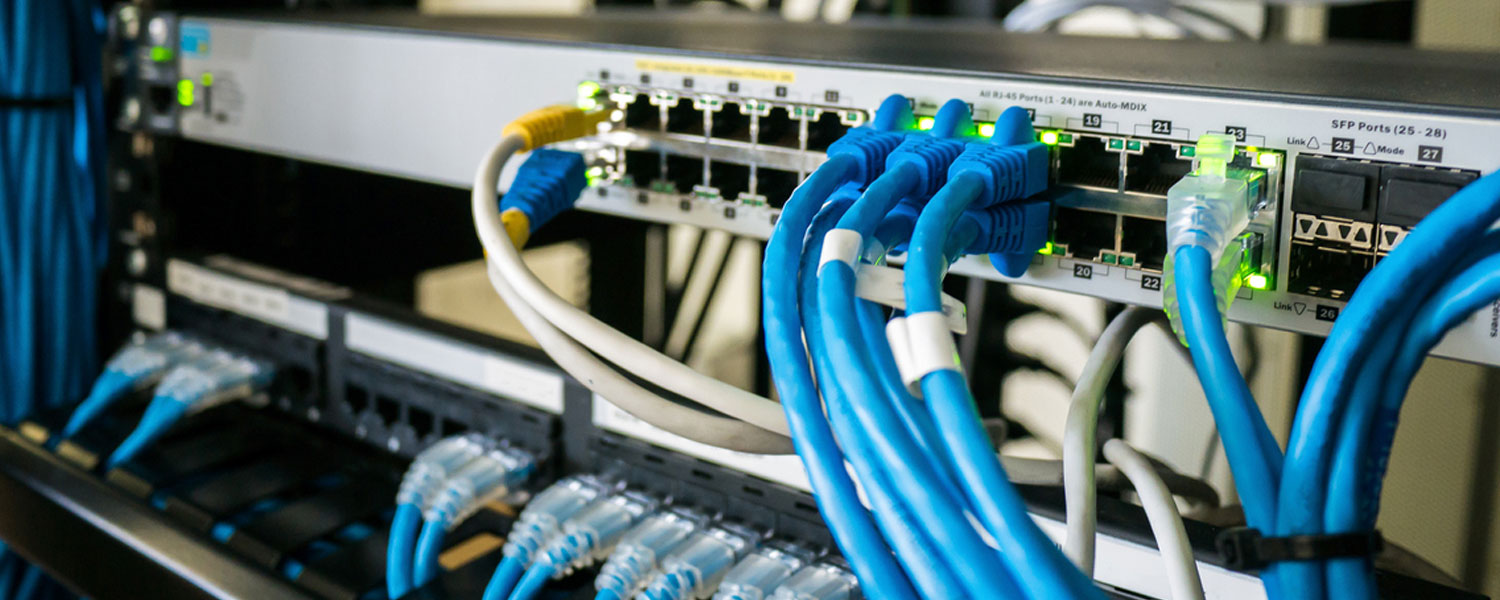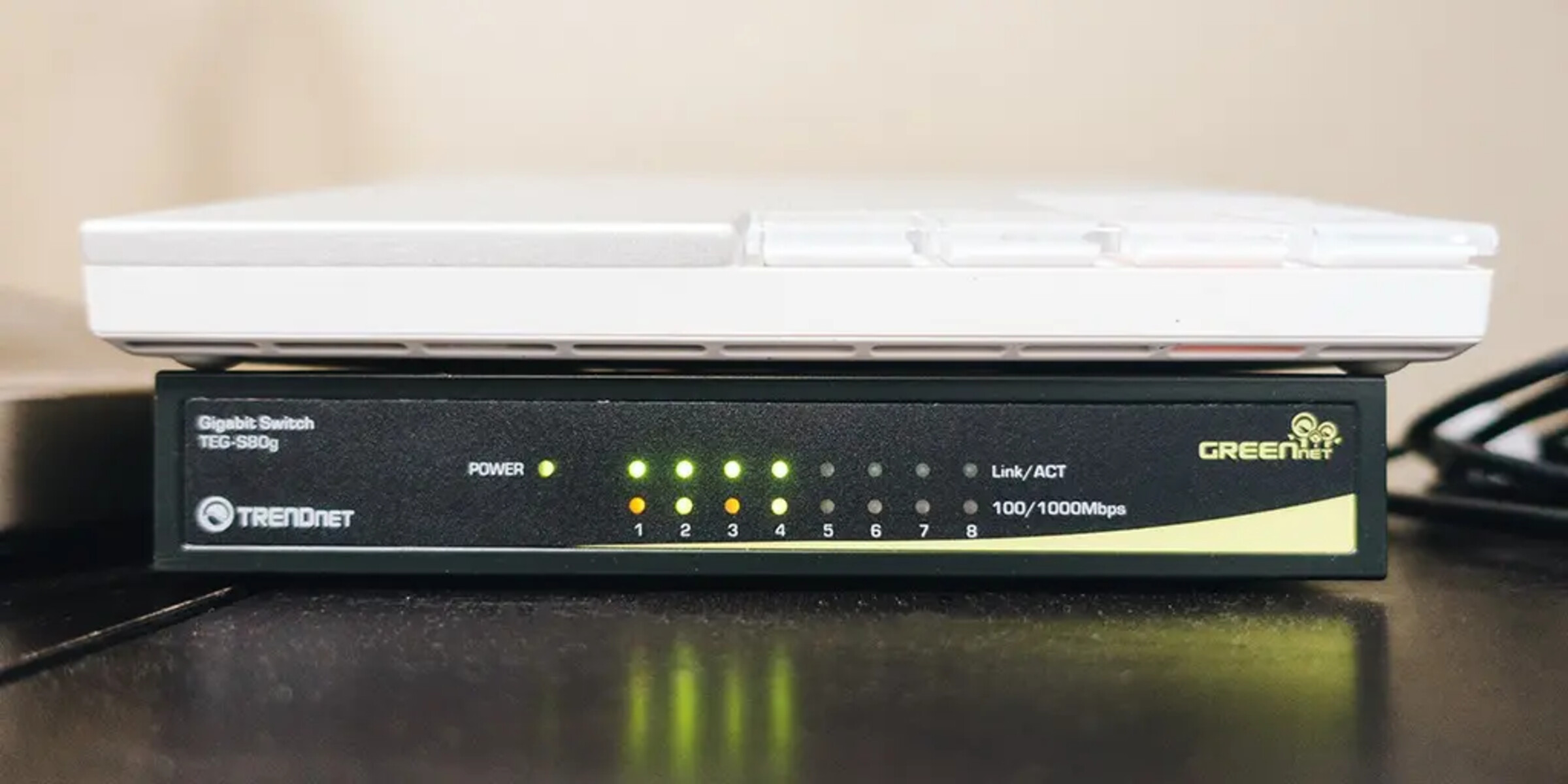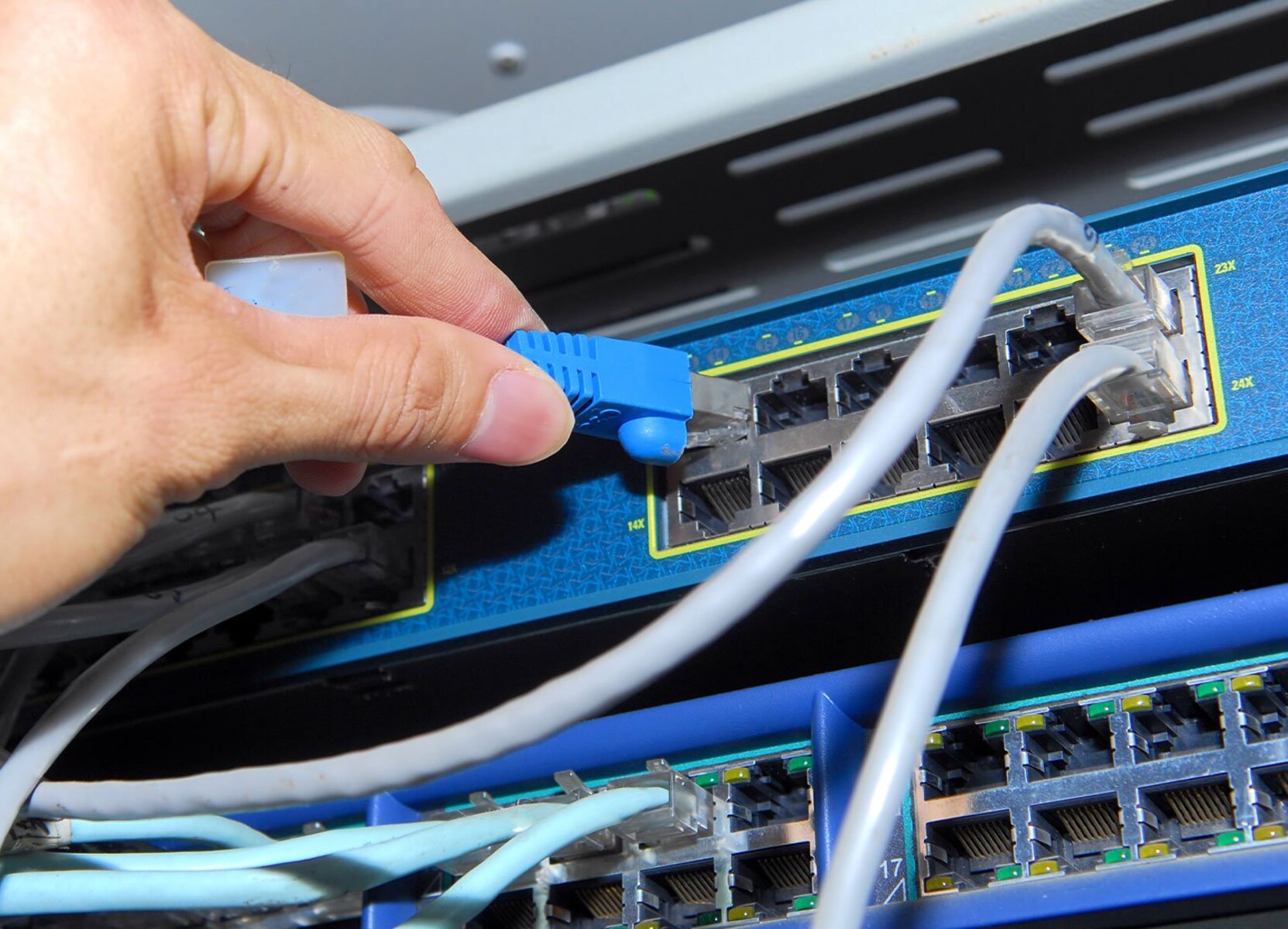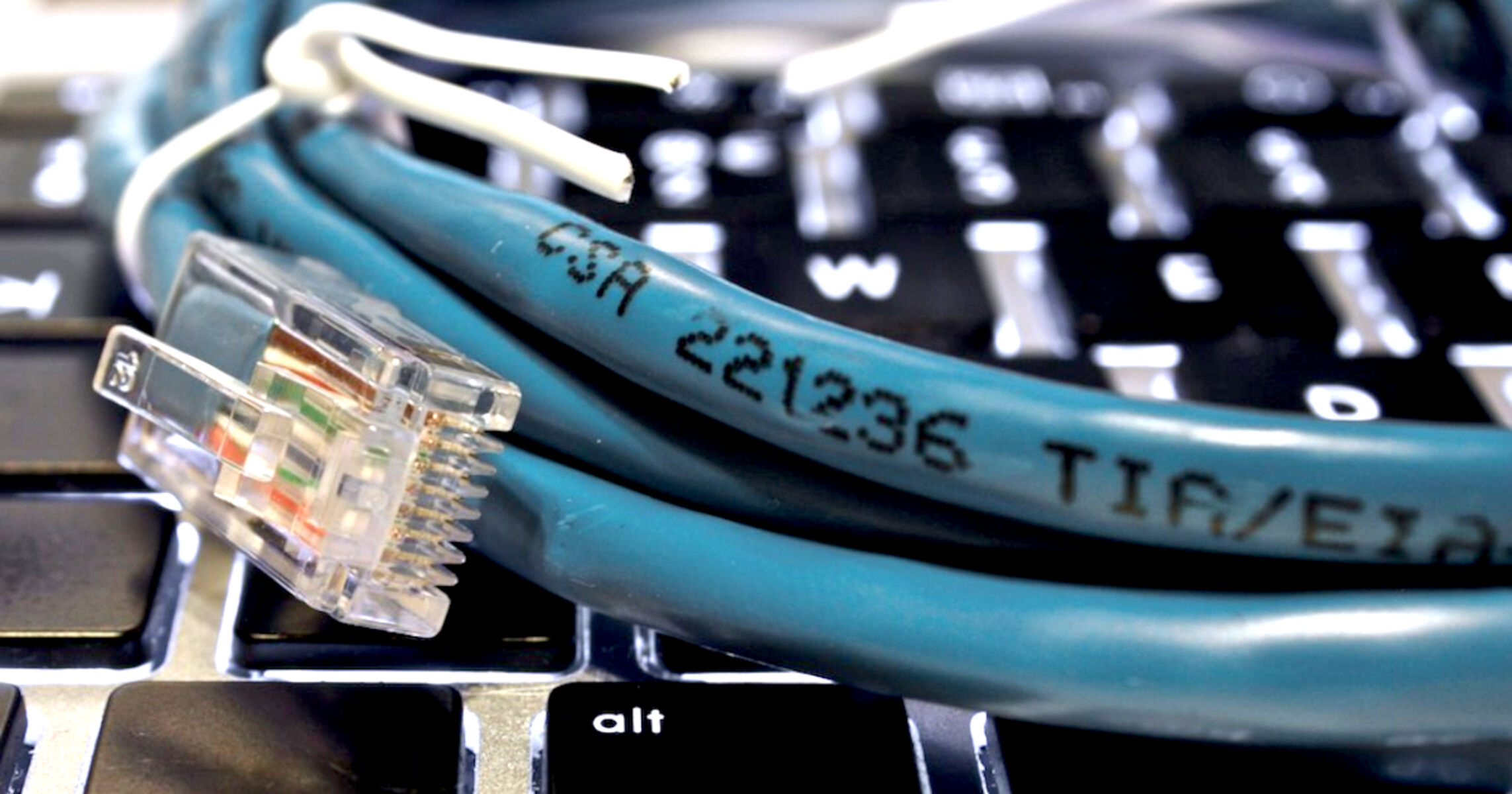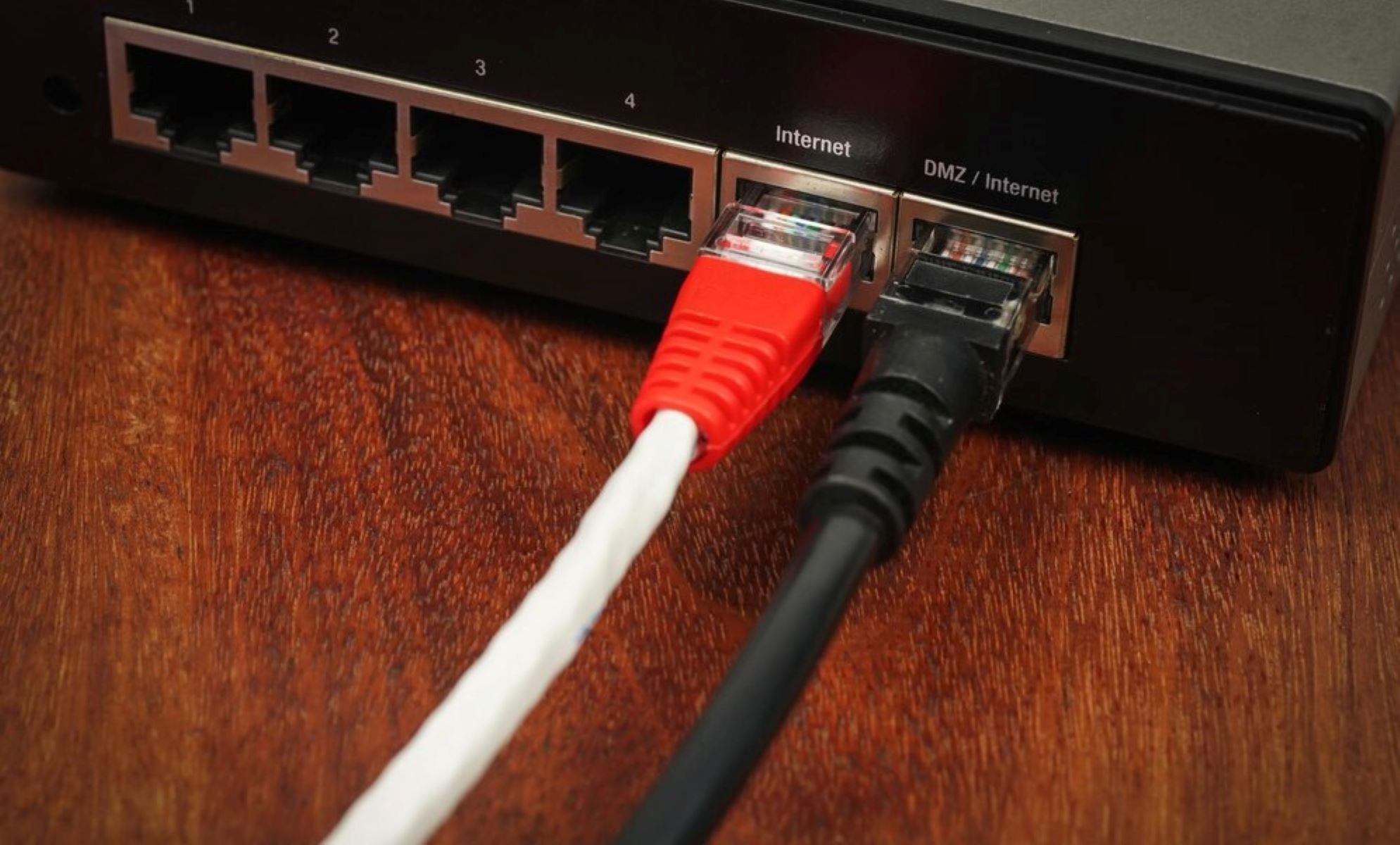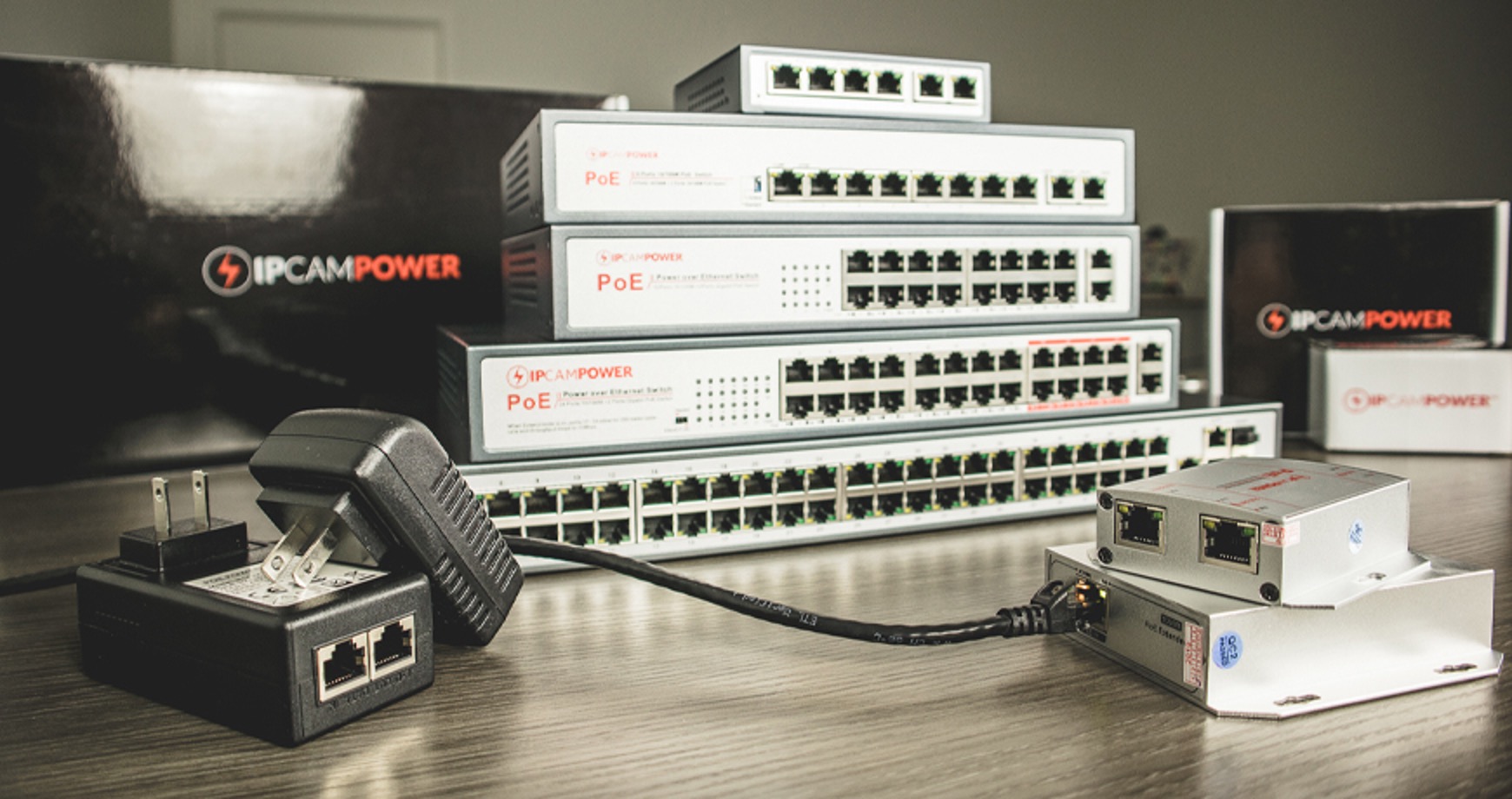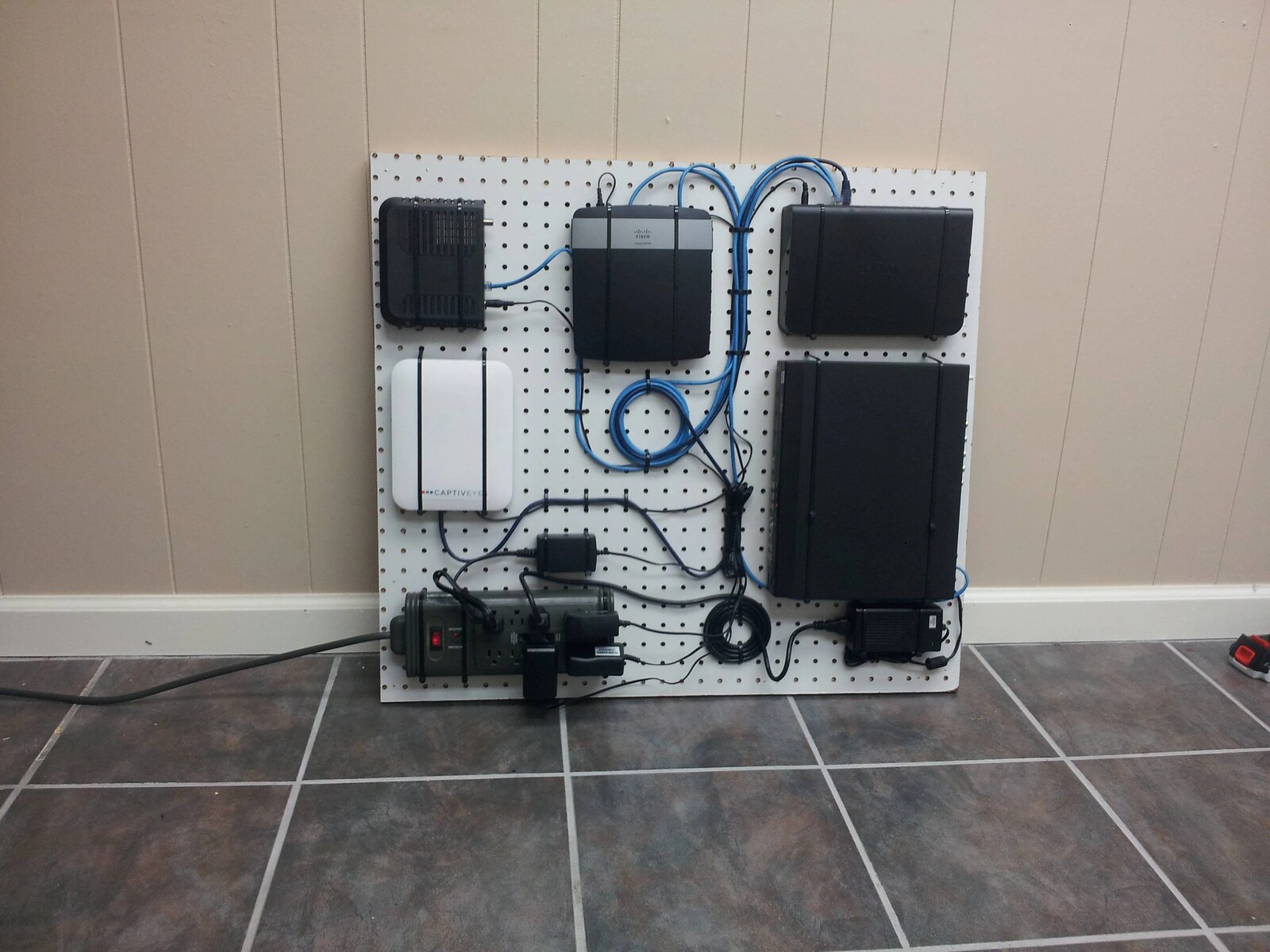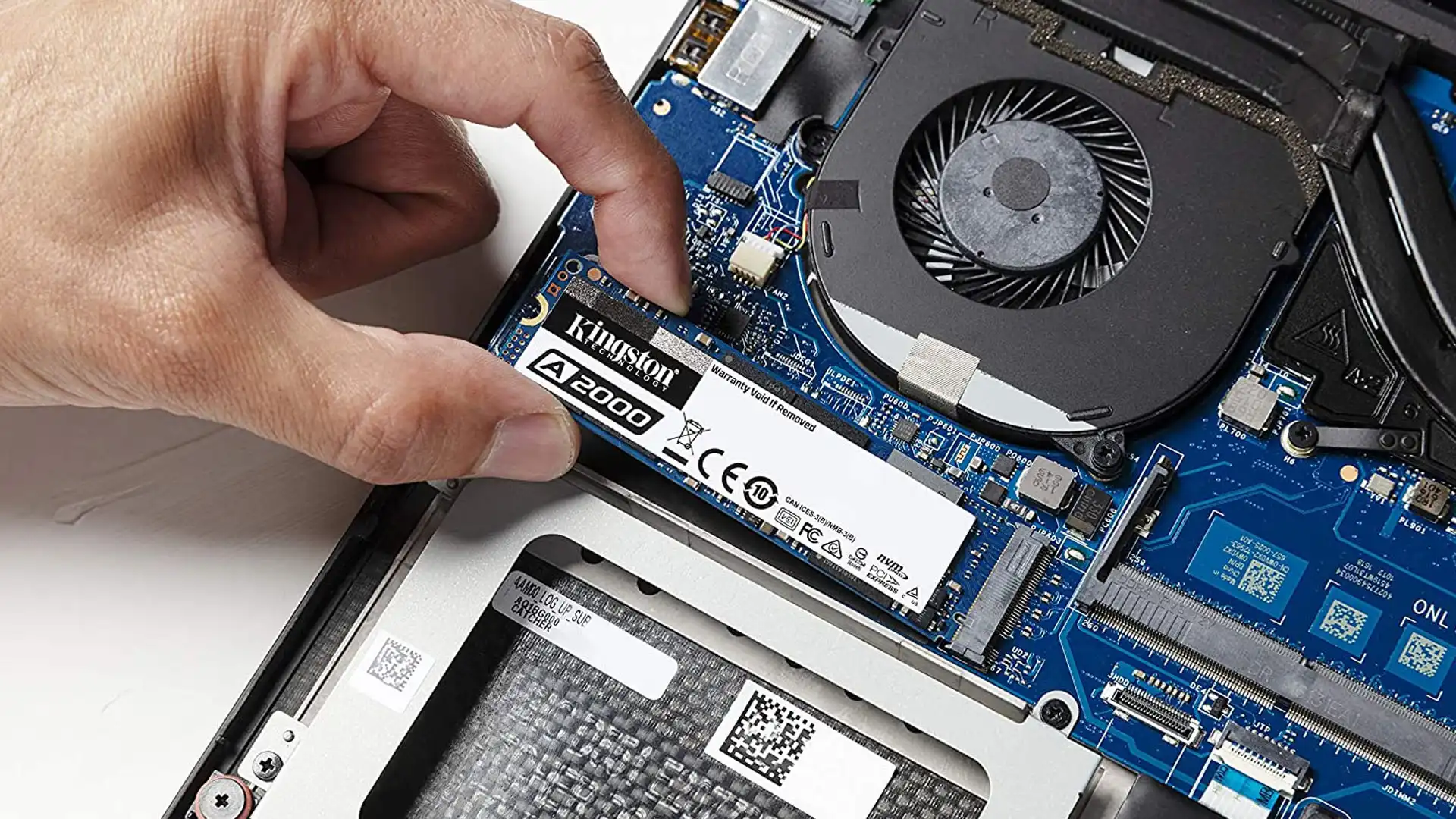Introduction
Welcome to the world of network switch stress testing! In today's interconnected digital landscape, network switches play a pivotal role in facilitating seamless communication and data transfer within organizations. However, ensuring the reliability and performance of these critical networking components under heavy loads is paramount. This is where network switch stress testing comes into play.
Network switch stress testing involves subjecting a switch to high traffic volumes and data loads to evaluate its resilience, throughput, and overall performance under demanding conditions. By simulating intense usage scenarios, organizations can gain valuable insights into a switch's capacity to handle heavy workloads without compromising on speed, stability, or data integrity.
As businesses increasingly rely on robust and efficient networking infrastructures to support their operations, the importance of stress testing network switches cannot be overstated. Whether it's a small office network or a large-scale enterprise setup, the ability of network switches to maintain optimal functionality during peak usage periods is crucial for ensuring uninterrupted connectivity and data flow.
In this comprehensive guide, we will delve into the intricacies of network switch stress testing, exploring the steps involved in preparing for and conducting these tests, as well as analyzing the results to derive actionable insights. By the end of this journey, you will be equipped with the knowledge and tools to effectively stress test network switches, empowering you to make informed decisions regarding network infrastructure optimization and performance enhancement. So, fasten your seatbelts as we embark on this enlightening exploration of network switch stress testing!
Understanding Network Switch Stress Testing
Network switch stress testing involves subjecting a switch to simulated high-traffic scenarios to assess its performance and stability under demanding conditions. The primary objective is to evaluate how well the switch can handle heavy data loads without experiencing bottlenecks, packet loss, or degraded throughput. By replicating real-world usage patterns and pushing the switch to its limits, organizations can gain valuable insights into its capacity and limitations, enabling them to make informed decisions about network infrastructure optimization.
During stress testing, various parameters such as throughput, latency, and packet loss are closely monitored to gauge the switch’s ability to maintain consistent and reliable performance. Additionally, stress testing helps identify potential points of failure, scalability issues, and performance bottlenecks that may arise under high loads. By uncovering these vulnerabilities, organizations can proactively address them, thereby fortifying their network infrastructure against potential disruptions.
Furthermore, stress testing provides a clear understanding of how the switch handles different types of network traffic, including data-intensive applications, VoIP (Voice over Internet Protocol) calls, video conferencing, and large file transfers. This insight is invaluable for ensuring that the switch can meet the diverse demands of modern networking environments, where a seamless and uninterrupted flow of data is essential for business operations.
It’s important to note that network switch stress testing is not solely about pushing the switch to its breaking point. Instead, it aims to assess the switch’s performance at varying levels of load, allowing organizations to determine its operational thresholds and make informed decisions regarding capacity planning and network expansion. By gaining a deep understanding of how the switch behaves under stress, organizations can optimize their network infrastructure to deliver consistent, high-performance connectivity, even during peak usage periods.
Preparing for Network Switch Stress Testing
Before embarking on the network switch stress testing journey, thorough preparation is essential to ensure the accuracy and effectiveness of the testing process. Here are the key steps to prepare for network switch stress testing:
- Define Testing Objectives: Clearly outline the specific goals and objectives of the stress testing process. Whether it’s assessing the switch’s performance under maximum load, identifying potential bottlenecks, or evaluating its resilience during peak usage, having well-defined objectives will guide the testing approach and analysis.
- Choose Appropriate Testing Tools: Selecting the right testing tools and software is crucial for accurately simulating high-traffic scenarios and monitoring the switch’s performance metrics. From traffic generators to network monitoring applications, leveraging the appropriate tools will ensure comprehensive and reliable stress testing.
- Establish Baseline Performance Metrics: Before subjecting the switch to stress testing, establish baseline performance metrics under normal operating conditions. This baseline will serve as a point of comparison during stress testing, enabling a clear assessment of performance deviations and identifying areas for improvement.
- Develop Test Scenarios: Create a range of test scenarios that mimic real-world usage patterns and traffic loads. These scenarios should encompass varying levels of network activity, data transfers, and application usage to comprehensively evaluate the switch’s performance across different usage scenarios.
- Ensure Network Redundancy and Backup: Prior to stress testing, ensure that network redundancy measures and backup configurations are in place to mitigate any potential disruptions that may arise during the testing process. This includes implementing failover mechanisms and backup network paths to maintain continuity during stress testing.
- Coordinate Testing Schedule: Plan the stress testing schedule to minimize impact on regular network operations. Coordinate with relevant stakeholders to schedule testing during off-peak hours or non-critical periods to avoid disruptions to essential business functions.
- Document Testing Procedures: Document the testing procedures, including the specific test scenarios, metrics to be monitored, and the expected outcomes. Comprehensive documentation ensures consistency in testing procedures and facilitates thorough analysis of the test results.
By diligently preparing for network switch stress testing, organizations can lay a solid foundation for conducting comprehensive and insightful stress tests, enabling them to gain valuable insights into their network switch’s performance and resilience under demanding conditions.
Conducting Network Switch Stress Testing
Once the groundwork is laid, conducting network switch stress testing involves methodically subjecting the switch to simulated high-traffic scenarios and meticulously monitoring its performance under varying loads. Here’s a step-by-step guide to conducting effective network switch stress testing:
- Execute Test Scenarios: Implement the predefined test scenarios that simulate high-traffic conditions, including data transfers, application usage, and network activity. Gradually increase the load on the switch to assess its performance at different levels of stress.
- Monitor Performance Metrics: Continuously monitor key performance metrics such as throughput, latency, packet loss, and error rates during the stress testing process. This real-time monitoring provides valuable insights into how the switch handles the increased workload and helps identify performance anomalies.
- Stress Test for Scalability: Evaluate the switch’s scalability by progressively increasing the network load to determine its capacity to handle growing demands. This scalability testing is crucial for anticipating future network expansion requirements and ensuring that the switch can accommodate evolving usage patterns.
- Assess Resilience and Redundancy: Introduce failure scenarios and assess the switch’s resilience by simulating network disruptions or component failures. This testing helps validate the effectiveness of redundancy measures and failover mechanisms in maintaining network continuity under adverse conditions.
- Record Observations and Anomalies: Document observations, performance anomalies, and any unexpected behaviors exhibited by the switch during stress testing. These records serve as valuable insights for troubleshooting and optimizing the switch’s performance in response to stress-induced challenges.
- Validate Compliance with Standards: Ensure that the switch’s performance aligns with industry standards and best practices for network infrastructure. By validating compliance, organizations can ascertain that the switch meets the requisite performance benchmarks and regulatory requirements.
- Collaborate with Network Experts: Engage network engineers and experts to analyze the stress testing process and results, leveraging their insights to gain a comprehensive understanding of the switch’s performance characteristics and potential areas for improvement.
By following these systematic steps, organizations can conduct thorough and insightful network switch stress testing, enabling them to gain a deep understanding of their switch’s performance under demanding conditions and identify opportunities for enhancing network resilience and efficiency.
Analyzing the Results of Network Switch Stress Testing
Once the network switch stress testing is completed, the next critical phase involves analyzing the test results to derive actionable insights and identify areas for improvement. Effective analysis of the stress testing outcomes is essential for understanding the switch’s performance under high loads and formulating strategies to optimize its functionality. Here’s a comprehensive approach to analyzing the results of network switch stress testing:
- Evaluate Performance Metrics: Thoroughly assess the recorded performance metrics, including throughput, latency, packet loss, and error rates, to gauge the switch’s performance under varying stress levels. Identify any deviations from baseline metrics and anomalies that occurred during stress testing.
- Identify Performance Bottlenecks: Pinpoint any performance bottlenecks or limitations observed during stress testing, such as reduced throughput, increased latency, or packet loss. Understanding these bottlenecks is crucial for devising targeted optimization strategies to enhance the switch’s performance.
- Assess Scalability and Capacity: Analyze the switch’s scalability and capacity to handle increased loads, determining its ability to accommodate growing network demands without compromising performance. This assessment is instrumental in planning for future network expansion and infrastructure upgrades.
- Review Resilience and Redundancy: Evaluate the switch’s resilience and the effectiveness of redundancy measures during stress testing. Identify any vulnerabilities or points of failure, and validate the switch’s ability to maintain network continuity in the event of disruptions or component failures.
- Compare Against Industry Standards: Compare the switch’s performance against industry standards and best practices for network infrastructure. Assess whether the switch meets the requisite benchmarks and regulatory compliance, identifying areas where improvements may be necessary.
- Document Observations and Recommendations: Compile a comprehensive report documenting the observations, anomalies, and performance insights derived from the stress testing process. Formulate actionable recommendations for optimizing the switch’s performance and addressing any identified shortcomings.
- Collaborate with Stakeholders: Engage relevant stakeholders, including network engineers, IT personnel, and decision-makers, to present the stress testing results and recommendations. Collaborative discussions can provide valuable perspectives and insights for devising an actionable plan for optimizing the switch’s performance.
By meticulously analyzing the results of network switch stress testing, organizations can gain valuable insights into their network infrastructure’s performance under demanding conditions. This analysis serves as the foundation for implementing targeted improvements and optimizations to enhance the switch’s resilience, scalability, and overall performance.
Conclusion
Network switch stress testing is a critical component of ensuring the reliability, performance, and resilience of network infrastructure in today’s interconnected digital environments. By subjecting switches to simulated high-traffic scenarios and meticulously monitoring their performance under demanding conditions, organizations can gain invaluable insights into their network’s capacity to handle intense workloads without compromising on speed, stability, or data integrity.
Through the meticulous preparation, execution, and analysis of stress testing, organizations can identify performance bottlenecks, assess scalability, validate redundancy measures, and derive actionable recommendations for optimizing their network switches’ performance. This proactive approach empowers organizations to fortify their network infrastructure, anticipate future demands, and maintain uninterrupted connectivity, even during peak usage periods.
As technology continues to evolve and network demands grow, the insights derived from network switch stress testing play a pivotal role in informing strategic decisions regarding network optimization, capacity planning, and infrastructure enhancements. By embracing the principles of stress testing and leveraging its outcomes to drive continuous improvement, organizations can uphold the reliability and efficiency of their network switches, laying a robust foundation for seamless and resilient connectivity.
In conclusion, the knowledge and insights gained from network switch stress testing empower organizations to proactively optimize their network infrastructure, enhance performance, and fortify their resilience in the face of escalating digital demands. By prioritizing stress testing as a fundamental component of network management, organizations can uphold the seamless flow of data, communication, and operations, ensuring that their network switches stand resilient in the face of demanding usage scenarios.







